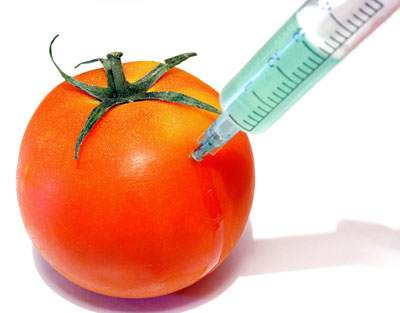California is toying with the idea of putting an initiative on the 2012 state ballot that would require the labeling of GMO-based ingredients in food.
Thanks to an organization known as LabelGMOs, the controversial issue of outing GMO ingredients could be placed in the hands of local voters.

After the state of California reviews the initiative for 40-60 days, it will send the proposal back to the LabelGMOs group.
The organization then has 150 days to gather the 504,760 qualifying signatures required to place the measure on the ballot for voters.
However, experts say LabelGMOs will need to accrue approximately 750,000 – 800,000 total signatures.
Although the state has yet to return the proposal, LabelGMOs has decided to hit the ground running by organizing an early drive for signatures.
Here are two of the main advocates of the GMO initiative discussing the impact it could have:
Natural News speculates the initiative could potentially be a death blow to GMOs – at least in California. They also believe labeling is basically a ban on GMOs because most consumers probably won’t buy GM ingredients once they find out they are included in conventional foods.
Here are a few more quick facts about the California GMO initiative:
- GMOs are only continuing to be grown and sold today because consumers have been prevented from understanding the GMO ingredients in their foods.
- 75% of all non-organic processed foods in grocery stores today contain genetically engineered ingredients.
- 90% – 95% of Americans want to know which foods contain GMOs.
- The GMO industry is already gearing up to fight this ballot initiative and plans to spread rhetoric about GMOs such as “GMOs are necessary to feed the world” or “genetically engineered crops are perfectly safe!”
This initiative, if approved, would likely force health food retailers like Whole Foods and Trader Joe’s to reformulate their own products and inventory to remove GMOs. This could potentially lead to a huge shift in the economics of the food economy.
Instead of cutting corners by using cheaper and easier to get GMO components in their food, companies would have to rely on traditional ingredients again. It will definitely be a cost issue for them, and surely they won’t be happy that their government approved laziness (via GMOs) could be coming to an end in California.






